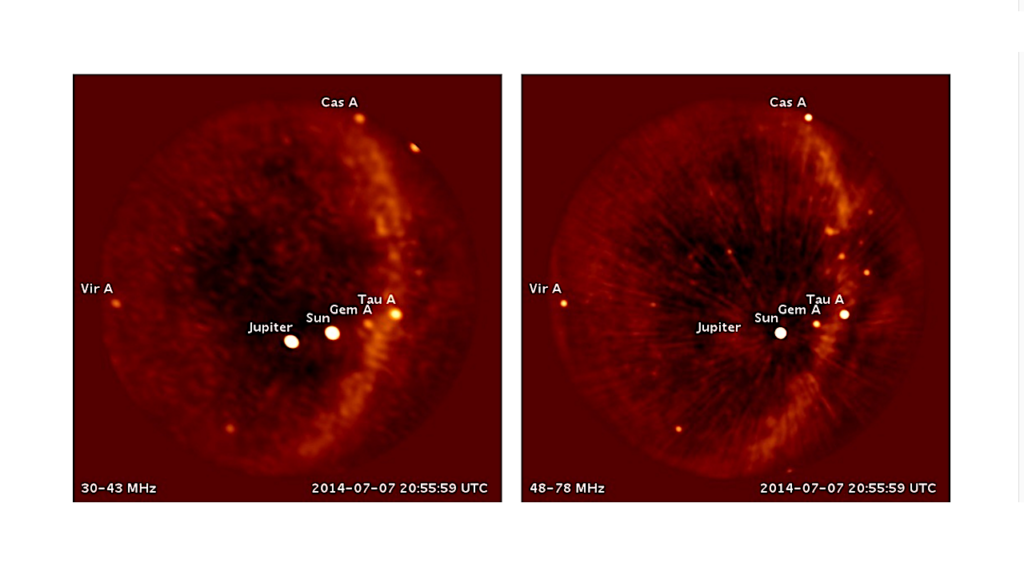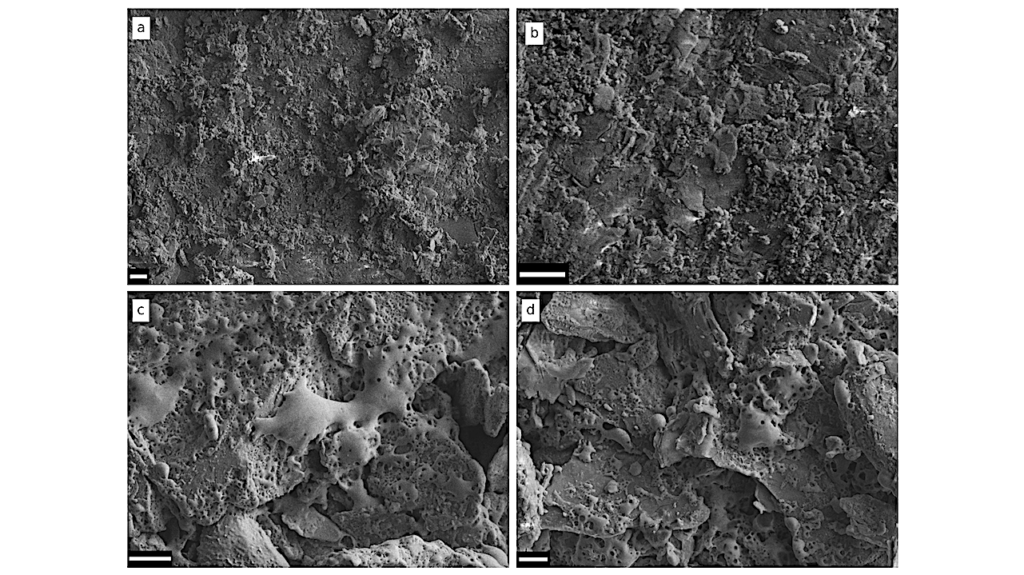Internal Structure and Magnetic Moment of Rocky Planets. Application To The First Exoplanets Discovered By TESS

For a planet to be considered habitable on its surface, it is an important advantage for it to have a magnetic field that protects its atmosphere from stellar winds as well as cosmic rays.
Magnetic protection of potentially habitable planets plays a key role in determining the chances of detecting atmospheric biosignatures. This paper proposes to use the Preliminary Reference Earth Model (PREM) internal structure as the base of a numerical model. With this model, we estimate the magnetic properties of dry and water-rich Earth-like and Super-Earth-like planets. We apply it to those of this kind at the first 176 planets confirmed by TESS. Using PREM as a reference, we estimate the internal structure of dry and water-rich rocky planets.
This model provides an estimation of the average density and core size of the planet and, with them, its magnetic moment depending on whether it is tidally locked or not. Our model estimates the thermodynamic variables as a function of pressure and includes saltwater as a component of water-rich exoplanets. We have not used the perfect layer differentiation approximation. We have validated our model with those planets and satellites in the Solar system with similar characteristics.
The differences with the observed values in the internal structure characteristics, mass, average density, moment of inertia factor, and local Rossby number are remarkably low or even negligible. The estimated magnetic moments are also very similar to the observed ones. We have applied the model to the first 176 planets confirmed by the TESS, finding that, from an astrobiological perspective TOI-700 d and TOI-2257 b are the most interesting ones as being located in the habitable zone (HZ), although their magnetic moments are only about 0.01 of the Earth’s magnetic moment.
Jose-María Rodríguez-Mozos, Andy Moya
Comments: Accepted for publication in A&A. 20 pages, 6 figures
Subjects: Earth and Planetary Astrophysics (astro-ph.EP)
Cite as: arXiv:2203.01065 [astro-ph.EP] (or arXiv:2203.01065v1 [astro-ph.EP] for this version)
Submission history
From: Andres Moya
[v1] Wed, 2 Mar 2022 12:32:56 UTC (232 KB)
https://arxiv.org/abs/2203.01065
Astrobiology,








